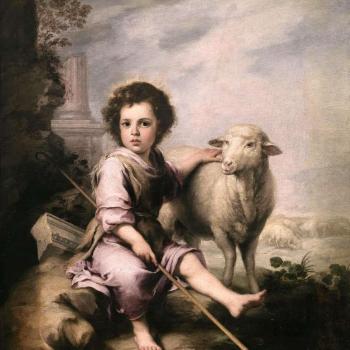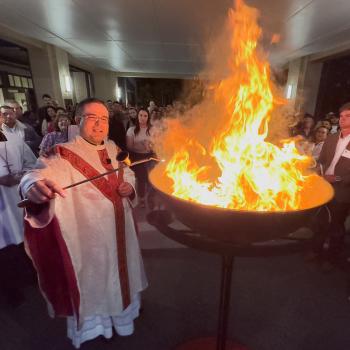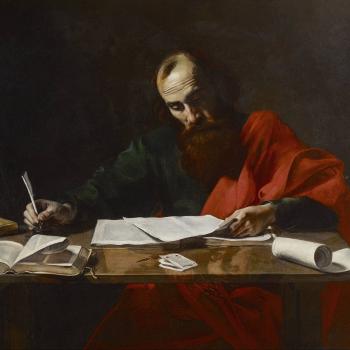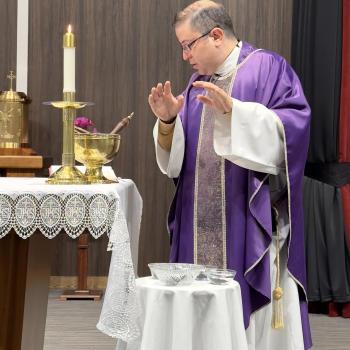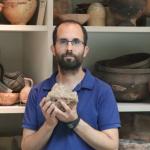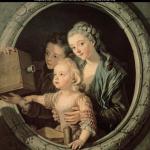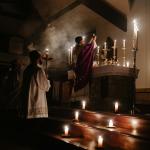Tomb of Pope Saint Gregory the Great at Saint Peter Basilica
Today we remember a man so instrumental in the growth and development of the Church of Rome that he has earned the title of “Great.” Gregory was a learned and able man who rose to the highest civil position in the government of the city of Rome in the 6th century. It was a time of war, famine and illness in Rome. It was a time of decline, fear and struggle, yet he governed the failing city with great care and diligence.
After leaving civil service, he became a monk and retired to his family estate on the Caelian Hill of Rome. His personal estate became the Monastery of Saint Andrew and together with the other monks he served the needs of the poorest of the city, feeding and clothing them.
Due to his education and diplomatic abilities, the Pope commissioned him to be the Papal ambassador to the imperial court of Constantinople for six years. After serving the Church in this manner, he returned to his monastery hoping to live the rest of his years serving the poor quietly.
The will of God for his life would lead him in a different direction. At the death of Pope Pelagius II in 590, the Roman clergy and Roman people elected Gregory to succeed Pelagius. Gregory attempted to flee because he did not want such a burdensome responsibility especially in such turbulent times. He wrote the emperor in Constantinople begging him not to approve his election.
Despite his initial efforts to evade the papacy, Gregory ruled over the Church with great diligence and grace from 590 to 604. He reformed the liturgy, he effectively administered the Church’s properties throughout the empire, he commissioned missionaries from his monastery to spread the Gospel in Western Europe (including Saint Augustine of Canterbury who preached the Gospel in England and became the first Archbishop of Canterbury), and he fostered diplomatic ties with kings, chieftains and emperors.
Gregory coined the now common papal title of “Servus Servorum Dei” or “Servant of the Servants of God.” He wished to accent the humility necessary to lead the Church while surrounded by rulers and religious leaders hungry for power and authority.
A prolific writer, he composed masterpieces still widely read today including a biography of Saint Benedict, a commentary on the Book of Job, and the Rule for Pastors to properly educate priests and bishops in their pastoral duties.
Saint Gregory’s monastery on the Caelian Hill was rededicated to bear his name and is today the Church of Saint Gregory the Great at the Caelian. In keeping with Saint Gregory’s practice, the Missionaries of Charity continue to serve the poorest of Rome at this location today, running a homeless shelter and soup kitchen. Monks are also present at this location, living the same monastic life Pope Gregory loved. For fourteen centuries the Caelian Hill has been a place of monastic contemplation and service to the poor.
Church of Saint Gregory at the Caelian. Note the Missionaries of Charity at the steps.
The ancient throne of Pope Gregory the Great
Let us Pray
O God, who care for your people with gentleness
and rule them in love,
through the intercession of Pope Saint Gregory,
endow, we pray, with a spirit of wisdom
those to whom you have given authority to govern,
that the flourishing of a holy flock
may become the eternal joy of the shepherds.
Pictures are mine, all rights reserved.







